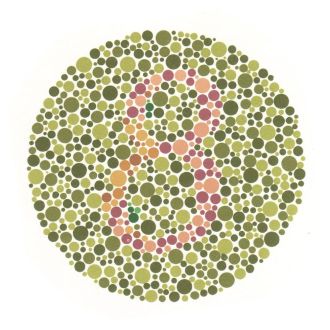There are not many books who try to explain the phenomenon of color vision deficiency. Arlene Evans wrote two of them to support the understanding and get a better grip on this topic.
Seeing Color: It’s My Rainbow, Too is trying to explain color blindness to kids and is therefore definitely the one and only book in this area. There are as many kids colorblind as adults and this is often not recognized until school time. Kids can read this book to find out what is different in their vision compared to others. It is also a good resource for school teachers and shows which pitfalls have to be avoided.
The other book is called Color is in the Eye of the Beholder and written for teens and adults. This one goes into further details about color blindness and even complete color blindness as known as Achromatopsia.
If you want to learn more about the books of Arlene Evans and what she is up to go and visit her homepage about Color Vision Deficiency (CVD). She even wrote some very interesting introductional articles about color blindness including “real life stories” of some colorblind guys.





